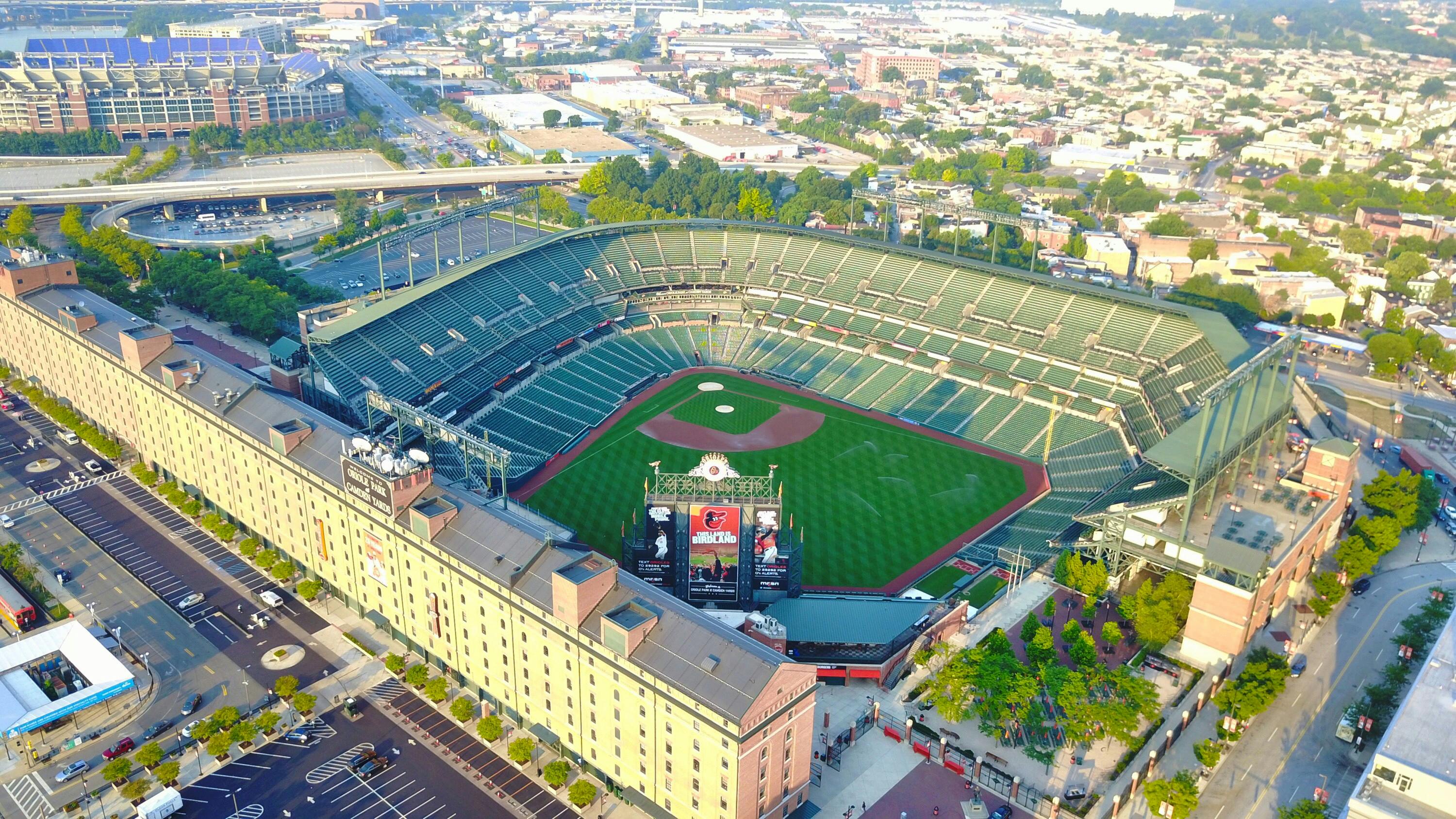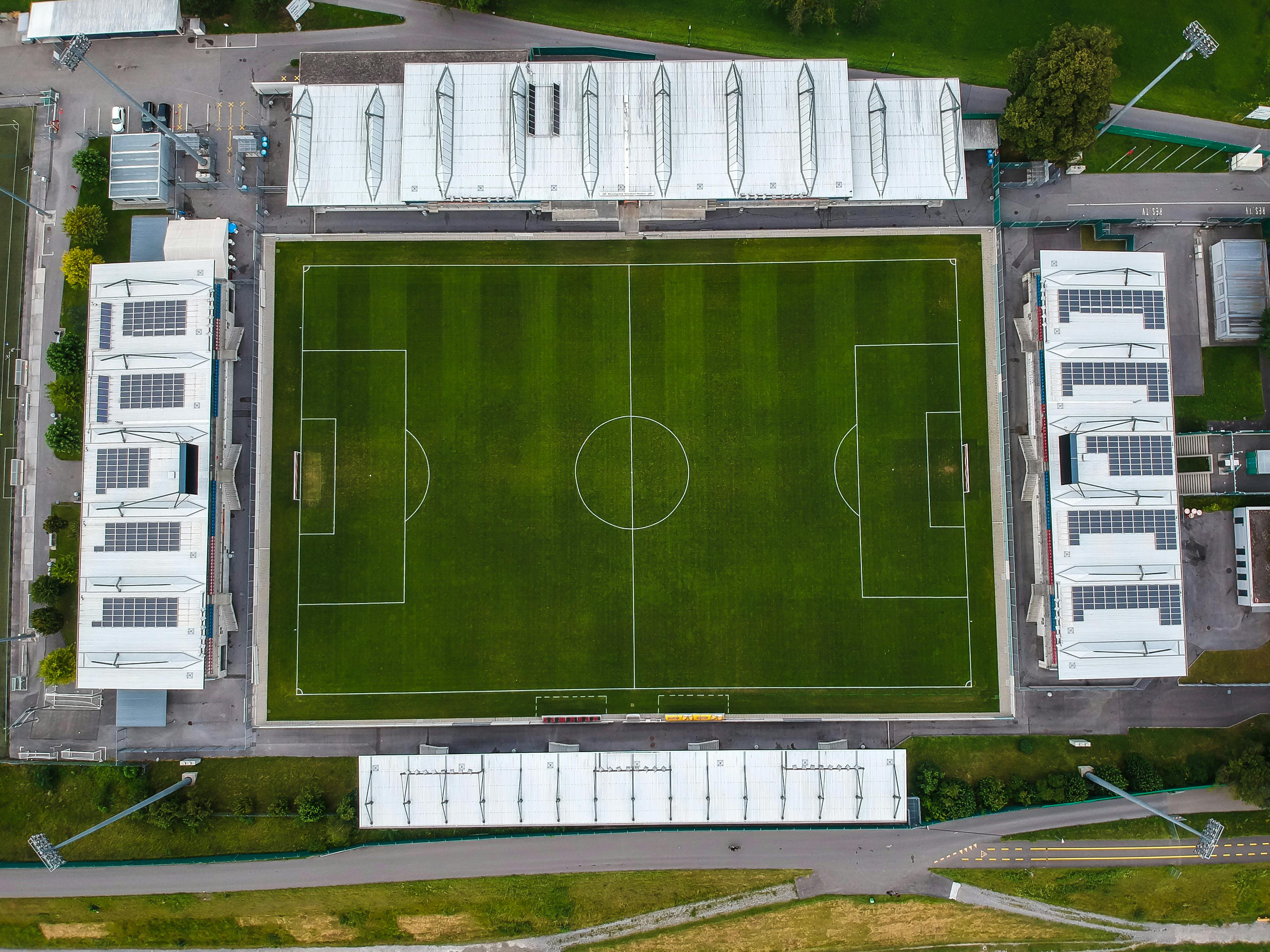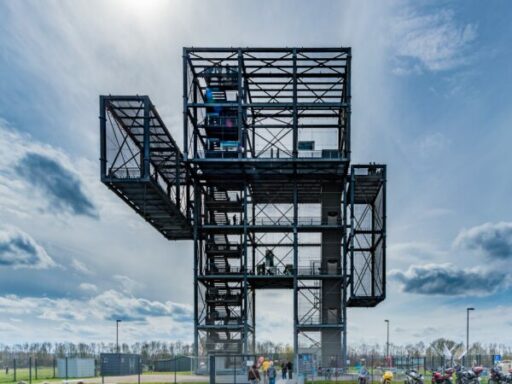A penalty shootout is a method of determining a winner in a soccer match after the score between two teams remains tied at the end of regulation play. It is a high-pressure situation that puts the players’ skills to the test and is often seen as one of the most dramatic and thrilling aspects of soccer. In this article, we will explain how penalty shootouts work in soccer.A penalty shootout is a method of determining a winner in a soccer match if the score is tied after regular and extra time have been played. The teams take turns attempting to score goals from the penalty mark. Five players from each team take alternate shots, and the team with the most goals after all five players have taken their shots is declared the winner. If the score remains tied after both teams have taken five shots, then sudden death penalty kicks are taken until one team has scored more goals than the other.
How Many Players Are Involved in a Penalty Shootout?
A penalty shootout is a method of determining a winner in a football match which has ended in a draw after regulation time. In a penalty shootout, each team takes turns to take five kicks from the penalty mark. The team that scores the most goals wins. The number of players involved in the shootout depends on the competition rules. Generally, each team has five players, including the goalkeeper, who take turns to take the kicks from 12 yards out. The kick-taker can be one of any outfield players on the team who are on the field at the end of regular time. All players from both teams must remain on the field for the duration of the shootout and only those five kick-takers may take part in it.
The goalkeeper is also required to remain on the field during this procedure and must not move off his line until after all kicks have been taken and/or saved. If one team has scored more goals than another after all five kicks have been taken, then that team will be declared as winners without any further penalty kicks being necessary. If both teams have scored an equal number of goals after all five kicks have been taken then extra time will be played out until one side scores more goals than another and is declared as winners.
In conclusion, there are usually five players from each team involved in a penalty shootout; however, this can vary depending on competition rules and regulations.
Rules for a Penalty Shootout
A penalty shootout is a method of determining the winner of a football match in which each team takes turns attempting to score a goal from the penalty spot. It is usually used to decide the winner of cup competitions such as the FA Cup or Champions League. The rules for a penalty shootout are simple but must be followed carefully to ensure an accurate result.
First, each team must select five players to take part in the shootout. These players must be on the pitch at the end of extra time and can include any outfield players, including substitutes. Each player takes one kick from the penalty spot and both teams take alternate kicks until all five players have taken their kick or until one team has scored more goals than the other.
If both teams have scored an equal number of goals after all five kicks have been taken, then sudden death will be applied and each team will take alternate kicks until one team has scored more goals than the other. In sudden death, each player may only take one kick and no player may retake a kick that has already been taken during that round of kicks.
The goalkeeper chosen to face each kick is allowed to move along their goal line before the ball is kicked but they must remain between their goal posts throughout the kick itself. Goalkeepers are not allowed to move forward towards or jump towards the ball until it has been kicked or moved away from them by another player. If this rule is broken then a free-kick will be awarded to the opposing side from where it was infringed upon.
The referee has full discretion over any decisions made during a penalty shootout and can award a retaken kick if they feel that either team has acted unfairly or illegally during play. The referee also has the power to terminate proceedings if he believes that either side is attempting to manipulate proceedings unfairly in order to gain an advantage.
In order for penalties taken during play-offs and cup finals to be valid, they must also be approved by FIFA’s International Football Association Board (IFAB). This ensures that all rules are adhered to correctly and fairly in accordance with international laws of association football.
What Happens if the Score is Tied After the Penalty Shootout?
If the score is tied after the penalty shootout, a sudden death penalty shootout will be held to determine the winner. This means that each team will take turns taking penalty kicks until one team scores and the other does not. The team that scores first during sudden death penalty shootout is declared as the winner. This form of tiebreaker can be seen in many soccer competitions, such as the World Cup and Champions League.
In some competitions, such as Major League Soccer and UEFA Europa League, both teams can opt for an additional period of extra time to decide a winner instead of sudden death penalty shootout. However, if no clear winner emerges during extra time, then a sudden death penalty shootout will still be held to break the tie.
Penalty shootouts are an exciting way to decide a winner in close matches and often bring out great emotions from both players and fans alike. While it may seem unfair for teams to have to leave their fate in a single kick, it is often seen as an exciting way to conclude an otherwise competitive match with a thrilling finish.
How Does the Goalkeeper Play During a Penalty Shootout?
The role of the goalkeeper in a penalty shootout is to try and stop the ball from entering the goal. The goalkeeper must remain on their line until the ball has been kicked, and can only move off their line once the kick has been taken. During a penalty shootout, the goalkeeper must face a one-on-one situation against an attacking player from the opposing team. The goalkeeper needs to remain focused and be aware of any potential movements or feints by the attacker, in order to make a successful save.
The most important aspect for goalkeepers during a penalty shootout is having good positioning. Positioning plays a major role in helping them reach maximum effectiveness and giving them every chance to make a save. It is important that goalkeepers focus on controlling their position when facing an attacker, as this will help them identify where they need to be in order to make a save.
Although it is difficult for goalkeepers to make consistent saves during penalty shootouts, there are some techniques that they can use in order to increase their chances of success. When facing an attacker, goalkeepers should maintain their focus on the ball and try not to be distracted by any moves that may be made by the attacker. As well as this, it is important for goalkeepers to react quickly when attempting to make saves during shootouts, as this will give them more time to react and make successful saves.
Another technique that goalkeepers can use during penalty shootouts is trying to guess which direction attackers are going to kick the ball in. This involves reading body language from attackers and getting an idea of which way they are likely going kick it – although this is far from easy! For instance, if an attacker steps back before taking their shot then it may indicate that they are going for power rather than placement with their shot – giving the goalkeeper more time to react if they are ready for it.
Overall, goalkeepers play an important role during penalty shootouts and must remain alert and focused in order ensure they have every chance of making successful saves throughout these high pressure situations.

Advantage of Taking the First Kick in a Penalty Shootout
Taking the first kick in a penalty shootout can be a great advantage for a team. It allows the kicker to put pressure on the opposing team by setting the tone and setting the stage for a successful attempt. It also gives the kicker an opportunity to score first, giving their team an early lead. This can be particularly beneficial if there are only a limited number of kicks allowed in each round.
The first kick also gives the kicker time to assess their opponent’s strategy and plan their own approach accordingly. By taking note of where the opposing goalkeeper is standing, how they move and which side they dive towards, the kicker can adjust their technique accordingly to increase their chances of scoring.
Additionally, kicking first allows time for the kicker’s teammates to prepare mentally and emotionally for their turn. This preparation can help them remain focused and composed when it’s their turn to kick, increasing their chances of success.
Finally, taking the first kick can give both teams something extra to think about as they prepare for each round of penalties. It keeps them guessing as to who will go first and who might have an advantage over who, adding more excitement and tension into what is already one of sport’s most dramatic moments.
All in all, taking the first kick in a penalty shootout has many advantages that should not be underestimated; it puts pressure on opponents, provides an opportunity to score first, allows time for assessment and adjustment, prepares teammates mentally and emotionally and adds tension into what is already a dramatic moment in sport.
Take a Deep Breath
Taking a penalty in soccer can be a daunting task, so it’s important to stay calm and composed. Before the kick, take a few deep breaths and clear your mind of any distractions. This will help you to focus on the task at hand and increase your chances of scoring.
Visualize Your Shot
Before taking the penalty, visualize where you want to place it and how you would like to shoot it. Thinking about how you want to strike the ball will help you prepare for the moment and also give you confidence as you approach the penalty spot.
Choose Your Spot
Once you’ve taken your deep breaths and visualized your shot, it’s time to choose a spot on the goal where you think is most likely to score. Make sure not to telegraph your shot by looking at the goalkeeper – keep an eye on them out of the corner of your eye but don’t stare directly at them.
Pick Your Technique
When taking a penalty, there are a few different techniques that can be used depending on what feels comfortable for each individual player. You can use either power or placement depending on what works best for you – power shots are usually used when shooting near post while placement shots are used when shooting away from the goalkeeper.
Stay Focused
During a penalty kick, stay focused throughout in order to maximize your chances of scoring. Keep your eye on the ball during preparation and take a strong approach towards striking it with confidence. Be sure not to rush through any part of this process as it could cause an inaccurate shot or result in missing altogether.
Practice Makes Perfect
Taking penalties is all about practice and repetition – so make sure to take time out of each training session to practice taking penalties from different angles and distances from goal. This will help improve accuracy and give more confidence when stepping up for real game situations.
Are There Any Special Techniques Used When Taking Penalties?
Taking a penalty kick is a nerve-wracking experience for any footballer, so it is important to ensure that the technique used is correct. While some players may have a natural instinct when taking a penalty, there are certain techniques that can be practiced and perfected in order to increase the chances of success.
The most important thing to remember when taking a penalty is to stay focused and aim for the corners. A lot of goalkeepers will try to anticipate where the ball will go and dive towards that corner, so it’s important to try and keep them guessing by aiming for different parts of the goal. Aiming high also gives the goalkeeper less time to react, making it more difficult for them to save the shot.
It is also important to ensure that you strike the ball with plenty of power. This will help you send the ball into the net faster than if you were shooting at a slower speed, making it more difficult for the goalkeeper to make a save. It’s also important to keep your head up while shooting, as this will help you see where exactly your shot is going.
Another technique which can be employed when taking penalties is changing up your run-up. Some players might find it helpful to use different speeds in their run-up, as this can catch goalkeepers off guard as they won’t know which way you’ll shoot until it’s too late. Similarly, having a short run-up can give you more time on the ball and allow you to place your shot with more accuracy and precision.
Finally, practice really does make perfect when taking penalties. The more practice you do on taking penalties in training or during games, the better your technique will become over time – meaning that when it comes down to crunch time in an important match, you’ll be ready and confident enough to take your penalty with success!

Conclusion
Penalty shootouts are an exciting and nerve-wracking way to decide a soccer game. They involve both technical skill and mental strength from the players involved, with the goalkeeper having to remain calm and composed in order to make a save. The shootout is also a great way for teams to show off their shooting abilities, as well as their ability to work together as a team. With all of these factors in play, penalty shootouts can make or break a soccer game, and it is important for teams to be well-prepared when they enter one.
Ultimately, penalty shootouts are an exciting element of soccer that helps to add excitement and tension into the game. While some may not enjoy them due to their unpredictable nature, others may find them thrilling and rewarding when their team wins. Regardless of how one feels about penalty shootouts, they are an integral part of the game and will continue to be used in the future when deciding games that require extra time or go into overtime.

